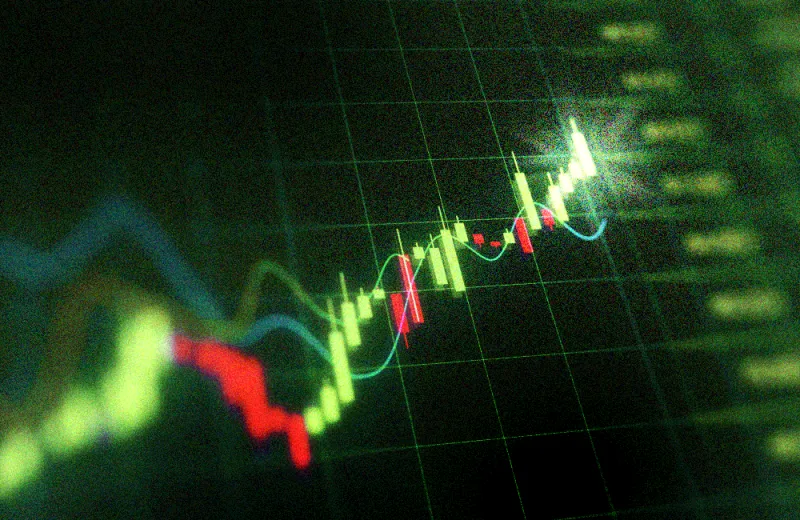Hedge funds have rarely been so bearish about the market.
Funds’ net short position in S&P 500 futures contracts is now at the second-highest level since October 2015, according to a report from NDR, a sister company of Institutional Investor. And according to data from PivotalPath, managed futures, which are the most active trader of S&P 500 futures, now have the lowest exposure to the index since June 2017.
Managed futures can be an indicator of overall hedge fund sentiment. “[Managed futures] are rarely this negatively exposed to the S&P 500,” said Jon Caplis, CEO at PivotalPath. “You would have to go back to December 2012 to find a slightly lower exposure, and back to 2004 for any sustained lower exposure.”
Hedge funds’ bearish outlook now doesn’t sync with the positive performance of the market in the first quarter of 2023. From January to March, the S&P 500 and Nasdaq indices were up 7 percent and 16.8 percent, respectively. Short sellers, including hedge funds and other investors betting against the market, lost an average of 6.7 percent over the same period, according to data from S3 Partners.
“The early phases of rallies have more than their fair share of doubters,” the NDR report said. “Some initial buyers aren’t comfortable owning stocks, and they sell at the first sign of trouble.”
But NDR argues that hedge funds have ample reason to be skeptical about the market rally that began earlier this year. Over the past ten months, the U.S. economy has been plagued by inflation, a hawkish central bank, and recession fears. In addition, the market rallied several times in 2022 as investors covered their shorts, but these were soon followed by downturns, further fueling skepticism about the market’s overall direction.
The recent collapse of Silicon Valley Bank has also contributed to concerns about the health of the financial markets. “One doesn’t need to be a doomsayer to question the strong start to 2023 in the wake of the regional banking crisis,” the NDR report said. “The second- and third-biggest bank failures in U.S. history, UBS’s takeover of Credit Suisse, and the prospect of banks [tightening] lending standards are all legitimate reasons for concern.”
Institutional investors, including pension funds and endowments, appear to be more positive than hedge funds when it comes to the market outlook for the rest of 2023. While institutional investors rarely hold net short positions against the S&P 500 index, they did have one of the lowest net long positions on record in the second and third quarter of 2022, when the economy was battling both surging inflation and consecutive rate hikes, according to NDR.
However, the NDR report also indicates that the sentiment among these institutions has improved significantly since the start of 2023 — their net long positions are 56 percent higher this year than they were in the second half of 2022.
According to NDR, hedge funds that bet against the markets can find themselves trapped in a short squeeze if the markets rally on improved macroeconomic conditions and better than expected earnings reports. But Caplis isn’t particularly concerned.
“As for the potential for a short squeeze, we can’t say,” he explained. “The S&P 500 futures markets are extremely liquid and deep, and managed futures funds generally operate in a longer time frame, which is likely to see positioning [changes take place] over days and weeks, rather than as part of an intraday short squeeze.”







